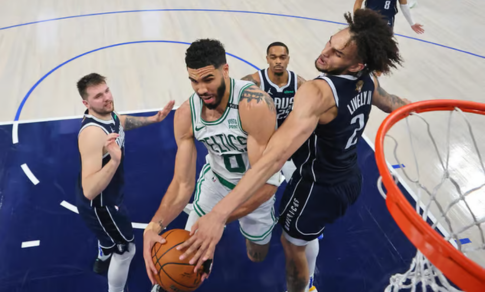Every year on July 1, American sports mark "Bobby Bonnier Day," a somewhat obscure tradition linked to a former baseball player, Bobby Bonnier. Although few may remember him, Bonnier, who played his final game for the New York Mets in 1999, receives an annual check for $1,193,248.20 from the team. This payment will continue until 2035, by which time he will be 72 years old. The reason behind this odd arrangement stems from a poor business decision made by the Mets, compounded by high interest rates and the infamous Bernie Madoff fraud. Ultimately, the Mets will pay Bonnier almost $30 million, a stark contrast to the $5.9 million they could have settled on in a lump sum over 25 years ago.
This situation might seem like a quirky tale more familiar to sports fans in Israel than to those following a New York professional baseball team. The Mets, who have spent over six decades in the shadow of the New York Yankees, have long been a subject of ridicule. However, a shift occurred in 2020 when billionaire Steve Cohen purchased the team and took a different approach. Instead of shying away from the jokes, Cohen embraced them. As the manager of a hedge fund valued at over $21 billion, Cohen viewed the $30 million commitment as a small sum in the grander context of the sports world, especially considering future deals in 2025.
Cohen's bold financial moves didn't stop there. Just last week, he made headlines by offering Yankees player Juan Soto a staggering $765 million over a 15-year contract. This deal, which seemed like a victory for Mets fans as they snatched a star from their rivals, is, however, a prime example of the absurdity of modern sports contracts. Soto, while an impressive player, will likely no longer be at his peak by the time he's 41. The sheer size of this contract dwarfs some of the most significant deals in sports history, including those of Shohei Ohtani with the Los Angeles Dodgers, Lionel Messi with Barcelona, and Patrick Mahomes with the Kansas City Chiefs.
Looking back, the evolution of sports contracts seemed unimaginable in 1981 when Magic Johnson signed the most lucrative contract in professional sports at the time—a 25-year deal with the Los Angeles Lakers. His deal was met with widespread disbelief. However, the landscape has changed drastically over the past four decades, with leagues, television contracts, and the globalization of sports reaching unprecedented levels. Today, sports have become a massive global industry worth hundreds of billions, where money flows freely, and the influence of wealthy investors is ever-growing.
The influx of money from wealthy nations like Qatar and Saudi Arabia has further accelerated the commercialization of sports. With these nations now owning top-tier teams and even sponsoring major events, the power of big money in sports seems unstoppable. The inevitable conclusion may be that these wealthy countries will soon control major sporting events like the World Cup or the Euroleague. While players may not be concerned with the politics surrounding their immense earnings, they certainly benefit from the massive financial resources pouring into the industry.
For players like LeBron James or Michael Vick, how to manage their vast wealth is a topic for another time. What matters is that, in the current landscape, players are rightly demanding and receiving astronomical salaries. This shift in power has made billionaire owners like Steve Cohen the new icons of the sports world. Cohen's history of collecting high-value assets—from a Picasso painting to a private jet—further cements his place in the ranks of celebrity billionaires who treat sports teams as lucrative investments.
Owning a sports team has become not only a symbol of wealth but a substantial business opportunity. Just 25 years ago, Mark Cuban bought the Dallas Mavericks for $285 million. Today, he sold a majority stake in the team for $3.5 billion. The explosion in the value of sports teams is clear, with successful franchises generating enormous revenue from merchandise, broadcasting rights, and sponsorships. The Golden State Warriors, for instance, earned $800 million last season from these sources, with their valuation now reaching $8.8 billion.
In this environment, paying top players like Steph Curry and Jayson Tatum millions of dollars a year seems entirely reasonable for team owners. Even the NBA’s less affluent teams, such as the Memphis Grizzlies, now boast valuations of $3 billion. With new opportunities for athletes to capitalize on their popularity, including lucrative advertising contracts, the entire sports ecosystem has become even more commercialized. These trends signal that, for better or worse, the world of sports will continue to be driven by immense financial interests and power dynamics that seem unlikely to change.








ADD A COMMENT :